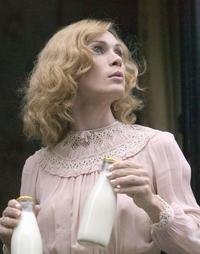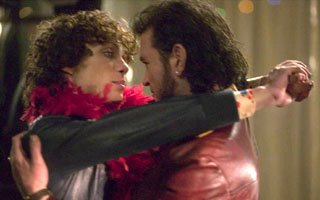Bennett, Peter; Slater, Jerry; Wall, Peter (2006): A2 Media Studies: The Essential Introduction. Routledge
This book features a number of issues that are key to my independent study including representation of homosexuality (pg 81, 89-91). It also includes Judith Butler, a theorist associated with the Queer theory, and mentions her book 'Gender Trouble' (1990) (pg 101). Lastly it mentions 'Third Wave Feminism' (pg 229) and the Queer Theory itself (pg 230-231).
Bruzzi, Stella (1997): Undressing Cinema: Clothing and Identity in the Movies. Routledge
This book is really useful as it looks at cross-dressing indepthly and the importance of clothing to identity in cinema. It also looks at other texts I'll be covering such as Priscilla Queen of the Desert. A particularly good section is Chaper 6 (pg 147) entitled 'The Comedy of Cross-Dressing'.
Hayward, Susan (2000): Cinema Studies: The Key Concepts. Routeledge
There is a section from this book on page 164 which looks at the example of cross-dressing and it's relation to the concept of gender.
Tasker, Yvonne (1998): Working Girls: Gender and Sexuality in Popular Cinema. Routeledge
This book has a section entitled 'Cross-dressing, aspiration and transformation' (pg 19-49) and features subtitles such as 'Genres of Cross-Dressing' (pg 21) which suggests that cross-dressing is only portrayed in thrillers and comedies, making it either humourous or scary.
Ginibre, Jean-Louis (2005): Ladies or Gentlemen: A Pictorial History of Male Cross-Dressing in the Movies. Fillipachi Publishing
Although a visual history this book also contains analysis of a number of films which feature cross-dressing, including 'Some Like it Hot' and 'Tootsie'.


